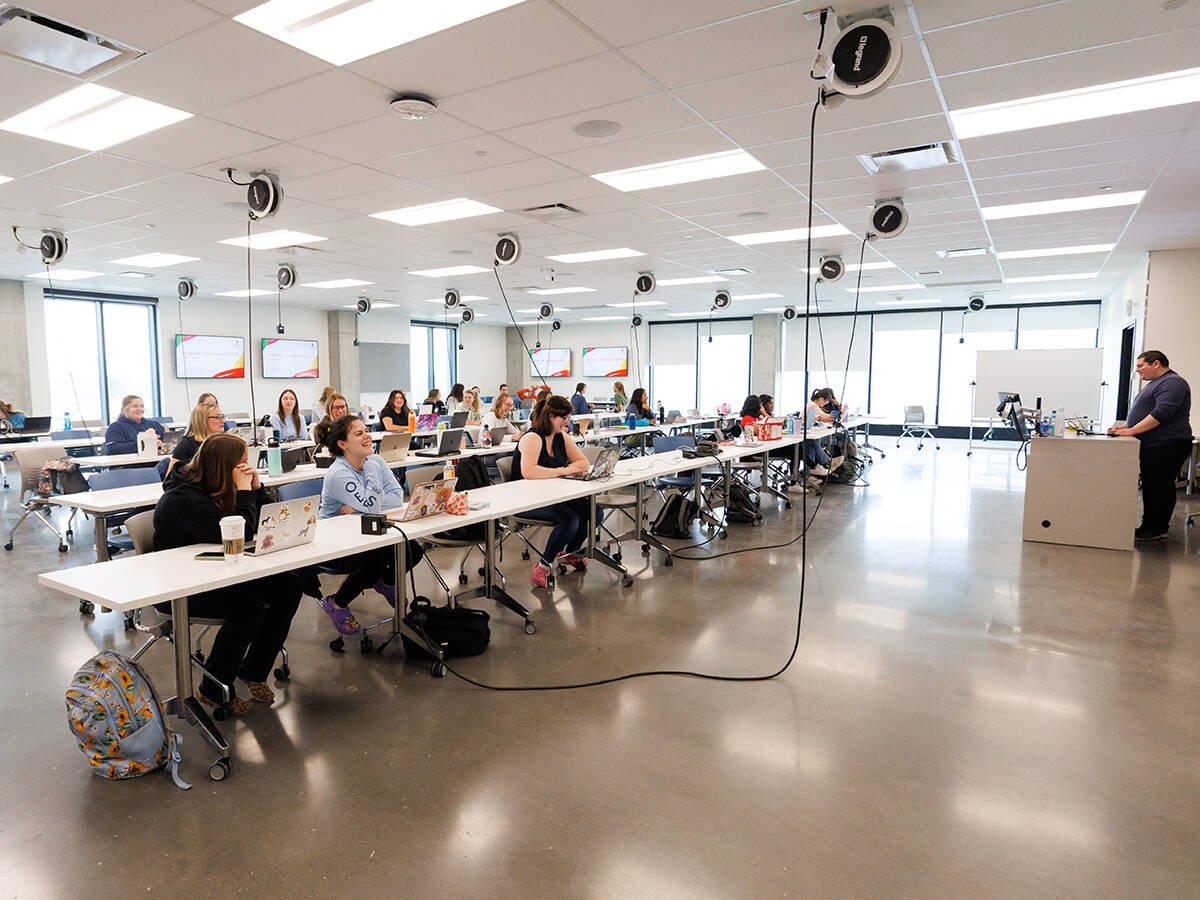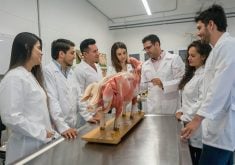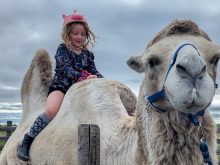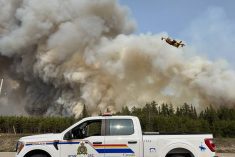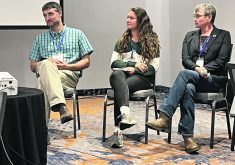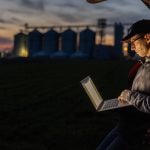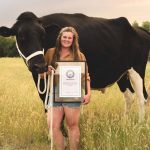To help support the increasing demand for veterinarian training, the Alberta government spent $68.5 million on the development of a new Veterinary Learning Commons at the University of Calgary’s Spyhill campus.
Currently open to students and staff, the facility is creating new, modern learning and wellness spaces.
Related story in this issue: Students urged to consider veterinary medicine
Read Also
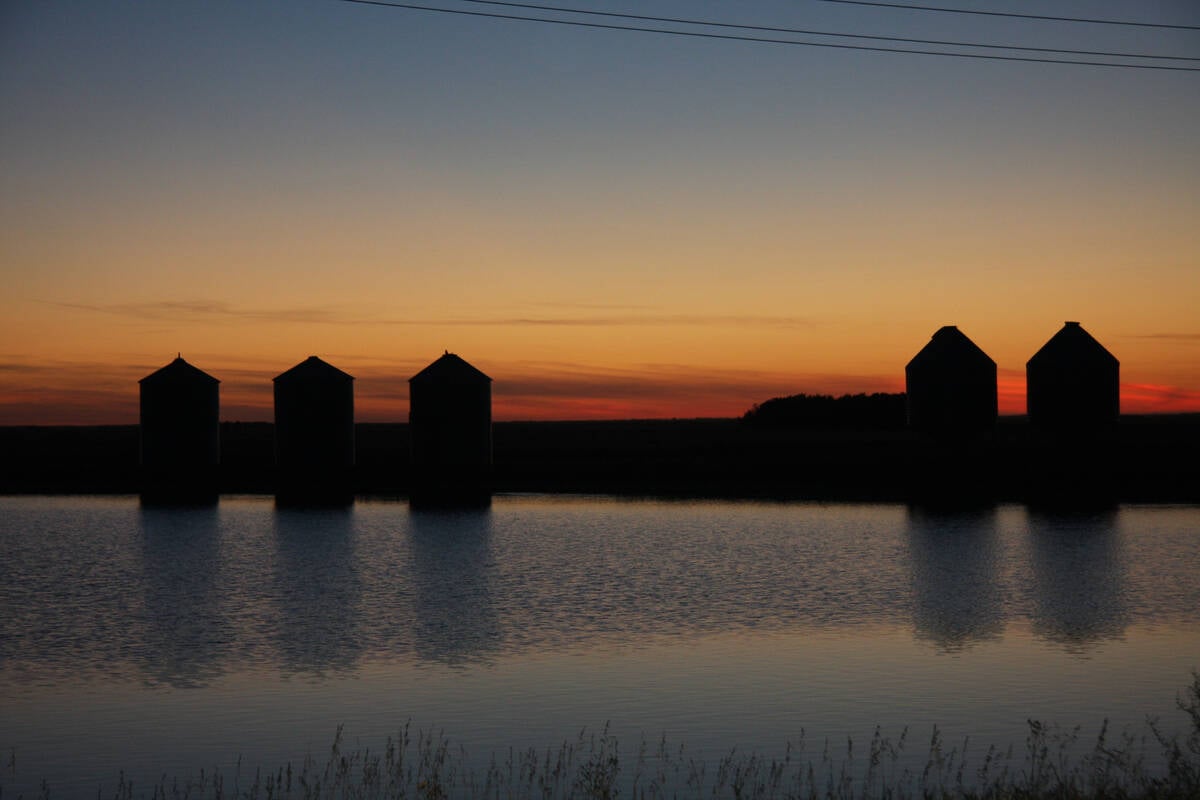
Know what costs are involved in keeping crops in the bin
When you’re looking at full bins and rising calf prices, the human reflex is to hold on and hope for more. That’s not a plan. It’s a bet. Storage has a price tag.
With rising demand for veterinarians to care for livestock and large animals in the agriculture industry, the training centre hopes to play a key role in closing the demand gap in Canada.
“We were the ones who were working with the Alberta Medical Association and the Government of Alberta to address the crisis-level shortage of veterinary professionals in Alberta,” said Renate Weller, dean of the U of C’s Faculty of Veterinary Medicine.
“This has meaning beyond Alberta as well. It’s a Canada-wide phenomenon. It’s a North American phenomenon. It’s a European phenomenon. There is a shortage of veterinarians globally.”
The Veterinary Learning Commons, which opened this year, will double training capacity to 100 veterinarians.
Weller said 200 qualified applicants applied during the first year of increased capacity.
“Our infrastructure was at capacity, our people were at capacity, so we needed the new building to simply physically accommodate. That’s not something you could just shove into a garage,” she said .
“We are super happy with the new building. I call it an F-150 because it’s so functional. We’ve literally made use of every single corner for learning and for our students. We also need more people to look after said students, so we are very grateful for the Government of Alberta to acknowledge that and to give us the means to do so.”
Ranked among the top three veterinarian medical schools in Canada, the U of C college also ranks 34th globally.
The faculty partners with private practices and organizations across the province to provide students with hands-on, workplace-based learning experiences that translate directly into real-world skills.
The four-year program has 100 partner practices in Alberta as well as the border regions of British Columbia and Saskatchewan for students in their final year. On-field training alongside veterinarians is also offered in earlier years.
“It could be in a feedlot, a dairy farmer, a poultry farm. From Day 1, we make sure students have clinical opportunities,” said Weller.
“I have to say, I’ve worked in many different countries, but the buy-in here from the community is unparalleled. The producers help and have been very accommodating. They show what it will be like.”
She said the increased intake will train students to be able to care for all types of animals.
“All vet schools within our accreditation system have to graduate what we call omnipotent vets. They have to be able to look after all domestic species with a little bit of wildlife thrown in as well,” she said.
“The economic reality for veterinary practices in rural areas is they have to look after all species to make the numbers work. They have to absolutely look after cows, but they also have to be able to look at horses or at the dogs and cats or guinea pigs who come through the door.”

